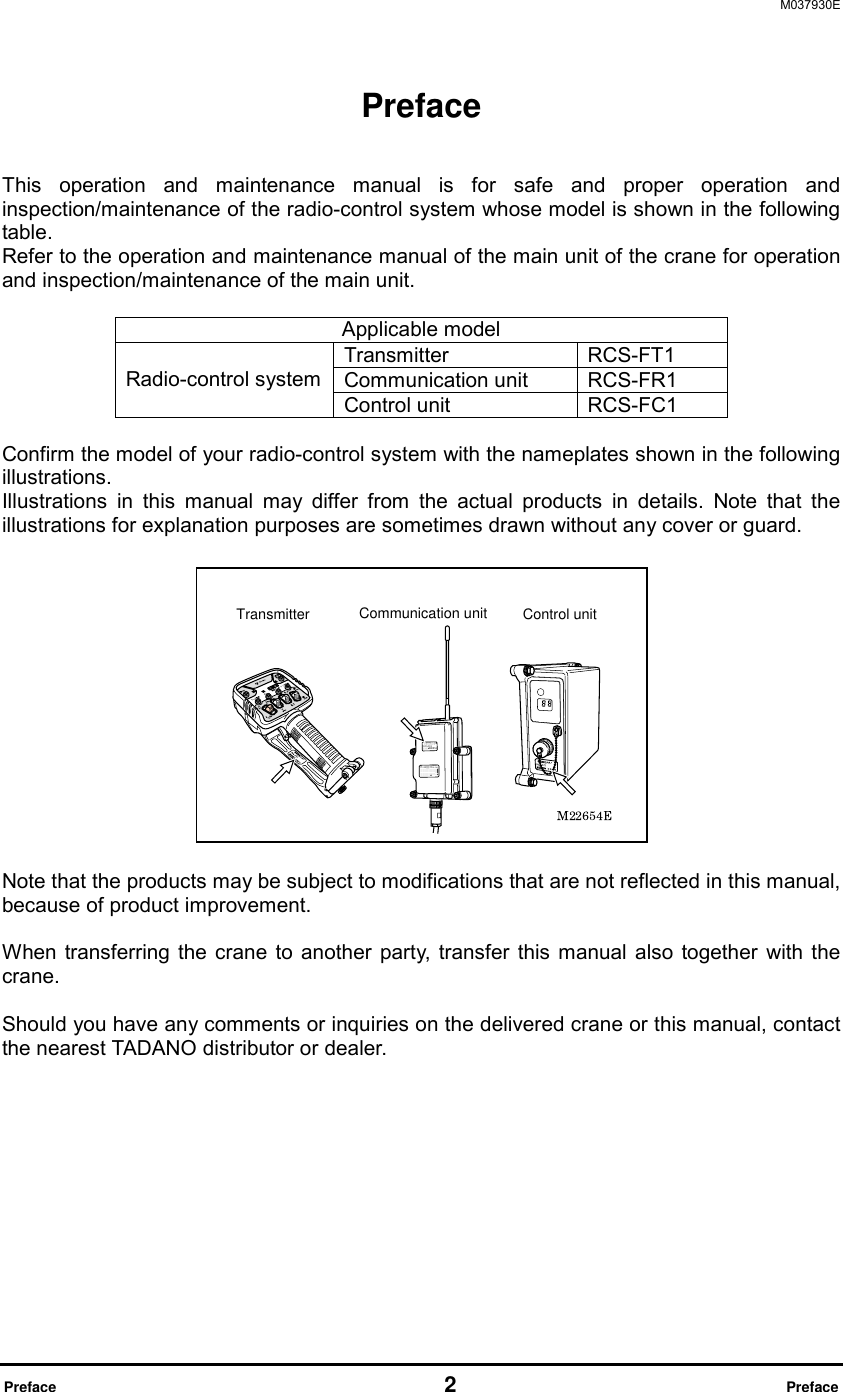Radio Control Crane Operation Manual
Flex 12EX2 Standard, AB and Tandem Instruction Manual. Radio controlled cranes, hoists, lifting devices and other material handling equipment should not. A WARNING CRANE OPERATORS SHALL READ THE OPERATION SECTION OF THE MANUAL FURNISHED BY THE MANUFACTURER OF THE CRANE AND THE WARNINGS CONTAINED IN THAT MANUAL.OPERATION Operation of an overhead or gantry crane involves more than operating the controls of the crane. Operation & Maintenance Manual. Red cross cpr test answers. 12-1608 OUTLINE, CRANE RADIO CONTROL. SECTION 1 GENERAL INFORMATION 1.1 SCOPE This manual contains information necessary to install, operate and. Reliable electrical operation of a crane or other machinery from a portab le wireless.
How Radio Crane Controls Changed Everything Greater productivity, improved crane safety, more flexibility: offer crane operfators all of these benefits and more across a range of applications. Not only can radio controls free operators from the confines of a cab, but from crane pendant control cables as well. The flexibility that radio crane controls deliver can change the job site for the better.
Here are just six ways this can happen:. Operators can work away from loads. This creates a, reducing the risk of injury when loads are being moved. Radio controls also offer crane operators a wider view of the work area surrounding the crane, as they have the ability to walk around and view the load from various angles and vantage points to make sure the load path is obstruction-free and personnel are out of harm’s way. Operators can walk in closer for load setting and positioning. Radio crane controls enable operators to easily move around obstacles on the facility floor. In contrast, the cable of a push button pendant station can get hung up on machinery and other objects in the facility as the operator follows a load.
Many pendant controls have to be replaced when they bang against obstacles that operators try to lift them over or swing them around. That’s not an issue with radio controls. Radio controls improve productivity and crane safety on long runway systems.
Two crane operators, each equipped with a radio control unit, can operate an efficient “pitch and catch” system on a long runway system. On one end, the first operator uses radio controls to lift a load from a production machine, then sends the load on to the other end. Midway, the other operator takes over with his radio controls and lowers the load on to a truck before returning the crane to repeat the process. This saves one operator from having to run back and forth the length of the runway. Operators are freed up to do other work when not moving a load.
Crane Radio Remote Control Systems

When working in a crane cab, an operator is limited solely to crane operation. But when working on the floor with radio crane controls, an operator can perform other productive tasks such as rigging a load. Crane operation can be shared by multiple trained operators. To meet the unique requirements of each job, crane operation can be shared by an operator in the cab and an operator using radio controls on the ground. The operator on the ground can move freely around the load to ensure it is rigged properly and lifted straight. Operators accustomed to working in a cab can easily switch over to radio controls as the control features are very similar.
The same goes for switching from a pendant push button station to a radio control unit. In some applications, though, a cab-operated crane is the better solution—particularly for transporting large loads long distances in facilities that are clear of obstructions. In these instances, cab-operated cranes move loads faster than would be possible for an operator covering the distance on foot. To learn more about how you can take advantage of radio controls for cranes in your facility,.